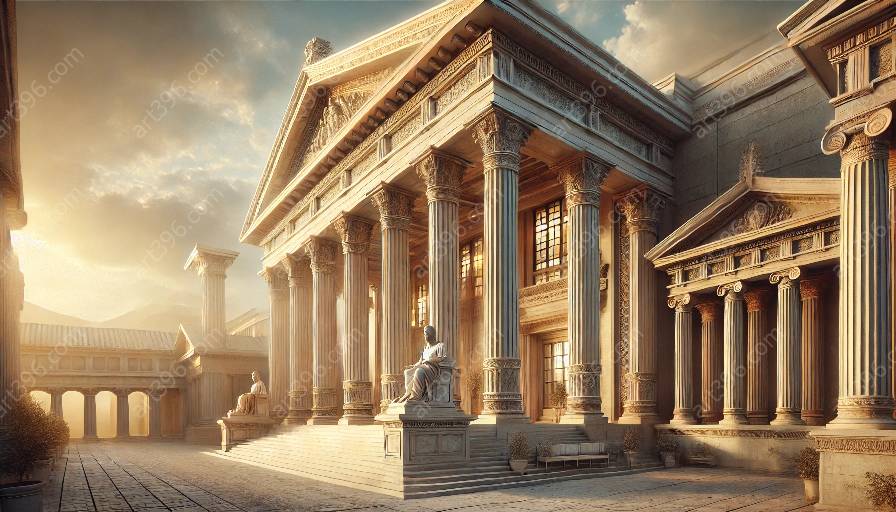Ancient Greek theaters are renowned for their remarkable architecture and exceptional acoustic properties, which greatly enriched the theatrical experience for the audience. The design of these theaters was inherently influenced by the principles of Greek architecture, maximizing the natural landscape and acoustics to create awe-inspiring performance spaces.
Acoustic Considerations and Their Influence on Design
The acoustic considerations in the design of ancient Greek theaters stemmed from a profound understanding of sound propagation and reflection. The objective was to ensure that every seat in the theater could hear the performers without the aid of modern amplification systems. The design incorporated an impressive level of precision in determining the optimal shape and dimensions to achieve ideal acoustics, resulting in the remarkable acoustics that resonate through these historic structures to this day.
The sheer scale of these open-air theaters posed a unique architectural challenge, yet the Greeks approached it with ingenuity. The semicircular layout of the theaters, combined with tiers of stone seating, allowed for the sound to be both amplified and evenly distributed throughout the space. Moreover, the extensive use of stone as the primary building material further enabled the theaters to achieve excellent acoustic properties.
Integration of Greek Architecture
The acoustic considerations in the design of ancient Greek theaters were intricately woven into the broader principles of Greek architecture, which emphasized harmony, proportion, and the seamless integration of the structure with its natural surroundings. The theaters were often built into hillsides, harnessing the natural incline to create a built environment that complemented the existing topography while enhancing acoustic performance.
Furthermore, the architectural elements such as the orchestras, skene, and seating were meticulously designed to contribute to the overall acoustic excellence. The semicircular layout and the strategic placement of these architectural features enhanced the reflection, diffusion, and amplification of sound, ensuring that the audience experienced every nuance of the performances.
Legacy and Influence on Modern Architecture
The legacy of ancient Greek theaters and their acoustic considerations is evident in modern architectural practices. Architects and acousticians continue to draw inspiration from the ingenious design principles employed in these theaters to create contemporary performance spaces with unparalleled acoustic qualities.
By understanding the acoustic considerations in the design of ancient Greek theaters and their seamless integration with Greek architecture, we gain insights into the innovative approaches that shaped these enduring marvels of architectural and acoustic excellence.

















































































